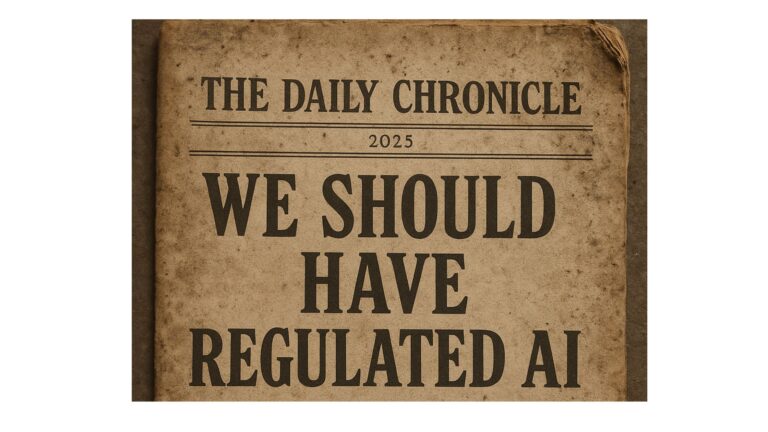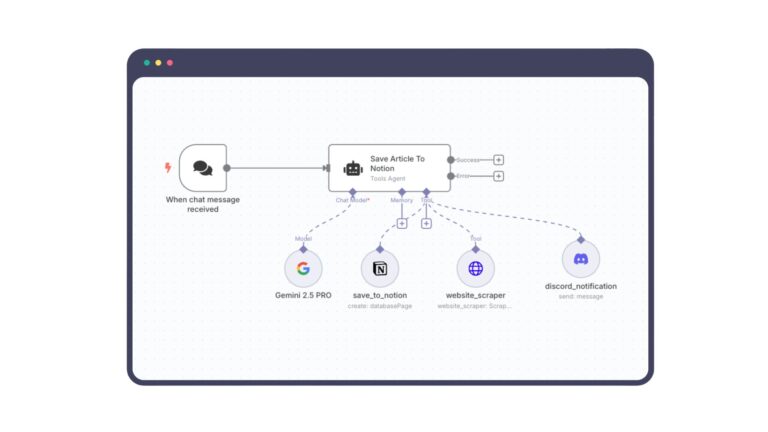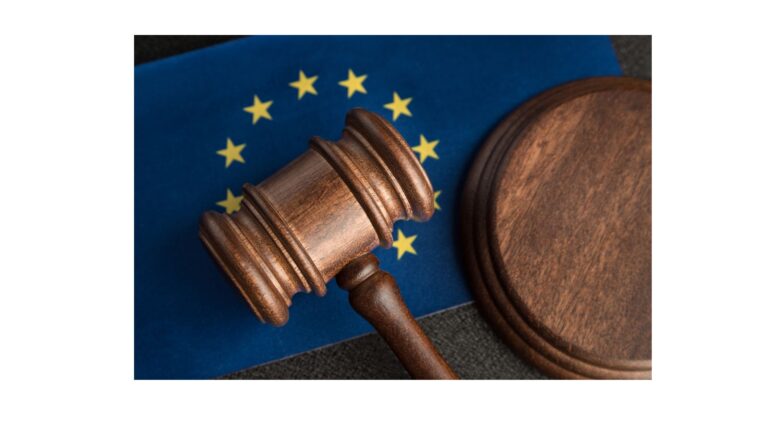In today’s digital-first world, data is both a currency and a liability. Every organization, from startups to Fortune 500 giants, sits on a goldmine of information—customer records, transaction data, employee details, and proprietary business insights. But with great data comes great responsibility. Mishandling it can lead to legal nightmares, reputational damage, and hefty fines.
So, how can organizations navigate the complex web of global privacy regulations while ensuring that data remains an asset, not a risk? The answer: a well-structured, resilient data privacy program.
Why Data Privacy Matters More Than Ever
Imagine waking up to find your company’s name splashed across the headlines—not for a groundbreaking innovation, but for a catastrophic data breach. Millions of records compromised, customer trust eroded, and regulators knocking at your door. This isn’t just a hypothetical; it’s the reality many businesses face today. Consumers are more privacy-conscious than ever, regulators are tightening their grip, and cybercriminals are evolving their tactics.
In this landscape, treating data privacy as a box-ticking exercise is a recipe for disaster. Organizations that embed privacy into their DNA don’t just avoid fines; they gain a competitive edge. Apple, for instance, turned privacy into a brand differentiator, proving that trust sells just as much as technology.
Building a Privacy Program That Works
Creating a robust data privacy program isn’t about following a rigid set of rules—it’s about integrating privacy into every layer of your organization. Think of it as laying the foundation for a secure, resilient digital ecosystem.
Privacy Governance: Who Owns Privacy?
A privacy initiative without leadership is like a ship without a captain—adrift and directionless. To make privacy work, organizations need a dedicated Chief Privacy Officer (CPO) or Data Protection Officer (DPO) who can steer policies and ensure compliance. But one person alone isn’t enough. A Privacy Steering Committee, bringing together IT, legal, compliance, and business leaders, ensures that privacy isn’t just an IT problem—it’s a business imperative.
Understanding Your Data: What’s at Stake?
You can’t protect what you don’t understand. Yet many companies have no clear grasp of what data they collect, where it’s stored, or how it’s processed. This blind spot is a hacker’s dream. Organizations need to conduct thorough data mapping exercises, tracking every piece of information they handle, categorizing it based on risk, and ensuring they’re collecting only what’s necessary. Data minimization isn’t just a legal requirement—it’s a smarter way to do business.
The Power of Data Classification
Not all data is created equal. Some information—like a public press release—poses little risk. But sensitive customer records, financial transactions, or intellectual property? Those demand ironclad protection. Establishing data classification policies ensures that high-risk information gets the security it deserves, while less critical data isn’t overburdened with unnecessary controls.
Data Governance: The Silent Hero of Privacy
A well-run privacy program isn’t just about setting rules; it’s about making sure they stick. That’s where data governance comes in. Think of it as the backbone of privacy—a framework that ensures consistency, accountability, and alignment with regulatory requirements. Without it, privacy policies remain words on paper. With it, organizations create a culture where data is handled responsibly, security gaps are minimized, and compliance becomes second nature rather than a last-minute scramble.
Third-Party Risks: The Danger Lurking Outside Your Walls
Even the best internal controls can be undone by weak links in the supply chain. A trusted vendor today could be tomorrow’s data breach headline. Organizations must assess their partners carefully—conducting vendor risk assessments, establishing clear Data Processing Agreements (DPAs), and continuously monitoring third-party compliance. Remember, your privacy posture is only as strong as the weakest partner in your ecosystem.
Training: The Human Firewall
Technology alone won’t save you. Your people—the employees handling sensitive data every day—can be your biggest asset or your biggest liability. Regular privacy awareness training makes a world of difference. Instead of generic compliance sessions, companies should simulate real-world scenarios, making employees think twice before clicking that phishing link or sharing sensitive files without encryption.
Breach Preparedness: It’s Not If, But When
No system is invulnerable. The best organizations aren’t just trying to prevent breaches; they’re preparing for them. A strong Incident Response Plan is key one that defines roles, outlines communication strategies, and ensures compliance with regulatory reporting requirements (like GDPR’s 72-hour notification rule). Running regular breach simulations can turn a chaotic disaster into a well-managed response.
Privacy as a Competitive Advantage
Many businesses see privacy as a burden. But the smartest ones recognize it as an opportunity. Consumers are willing to pay more for brands they trust. Investors favor companies with solid compliance frameworks. Even regulators look more favorably on businesses that show proactive commitment to privacy. A well-implemented privacy program doesn’t just reduce risk it drives business value.
Key Takeaways: What Every Organization Should Remember
Privacy isn’t an afterthought—it’s a foundational business practice. The companies that understand this will thrive in an era where trust is currency. If there’s one thing to take away, it’s this: the strongest privacy programs don’t just comply with laws, they create a culture where data is respected and protected at every level.
A privacy program without leadership is like a car without a driver directionless and bound to crash. Appointing strong governance leads to a well-structured approach where accountability is clear, policies are enforced, and compliance is embedded, not bolted on. Knowing your data is half the battle. Organizations that lack visibility into what they collect and process are playing a dangerous game. Data mapping and classification aren’t just good practices they’re essential survival tactics in today’s data-driven world. Trust is the ultimate competitive advantage. Customers care about how their data is handled. Those who treat privacy as an asset rather than an obligation will see stronger customer relationships, increased brand loyalty, and a positive regulatory stance.
The reality isn’t whether a breach will happen, but when. Being unprepared means chaos, reputational damage, and potential legal repercussions. The best organizations don’t just prevent—they prepare, with tested incident response strategies that turn crisis into control.
Final Thoughts: Making Privacy a Strategic Priority
Privacy isn’t just a compliance issue it’s a business strategy. Companies that treat it as a legal headache will always be playing catch-up. But those that embrace privacy as a core principle will build stronger relationships with customers, enhance their brand reputation, and stay ahead of the ever-evolving regulatory landscape.
So, where does your organization stand? Are you reacting to privacy challenges as they arise, or are you leading the charge in creating a privacy-first future?








